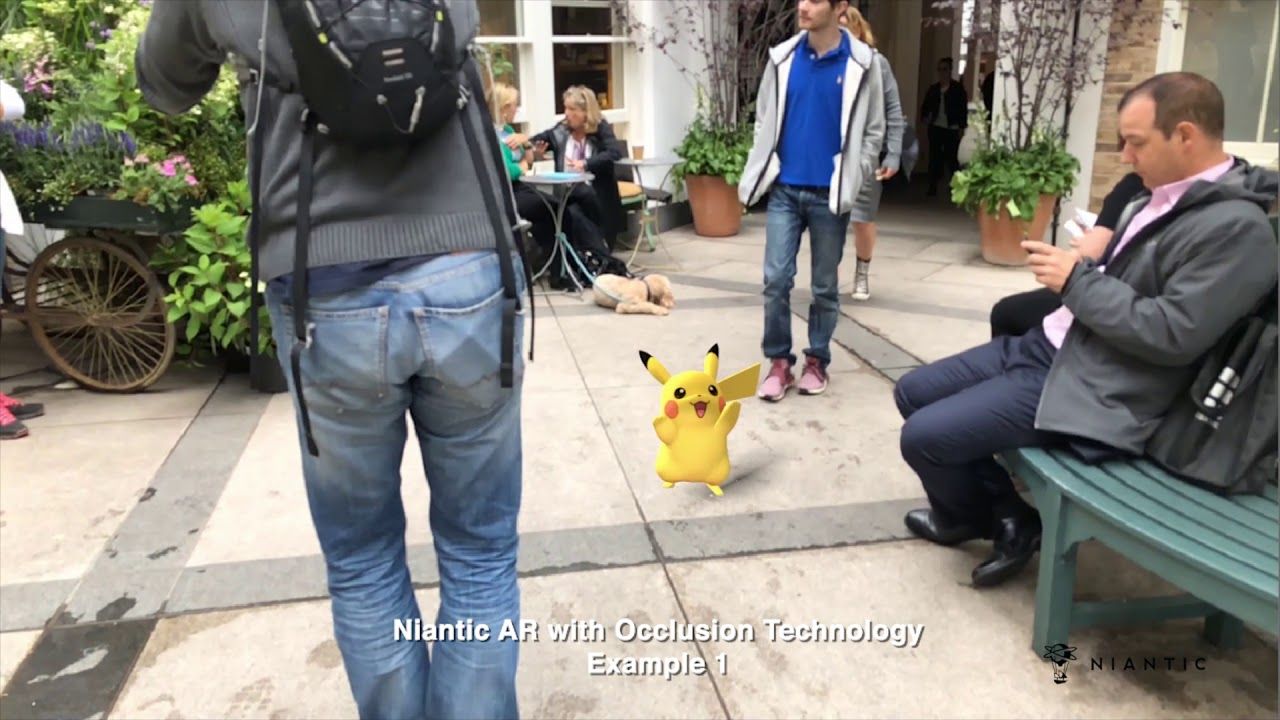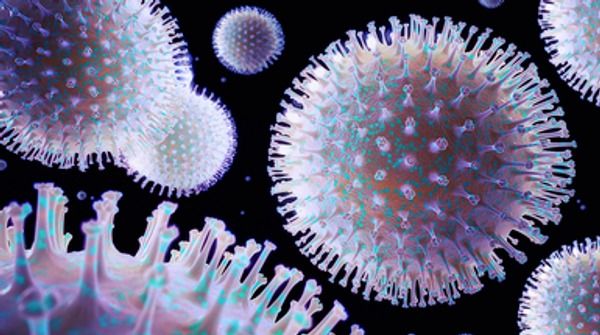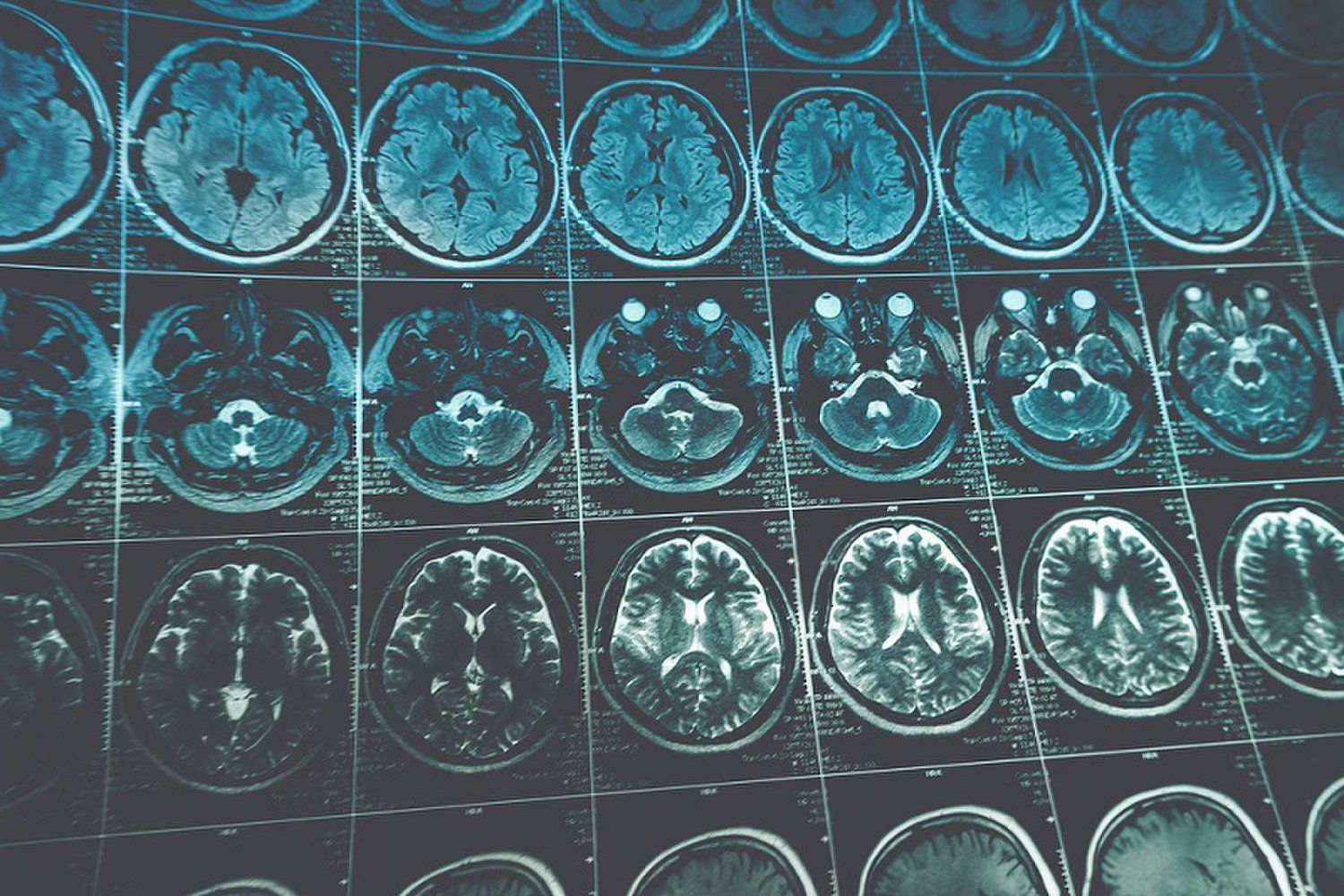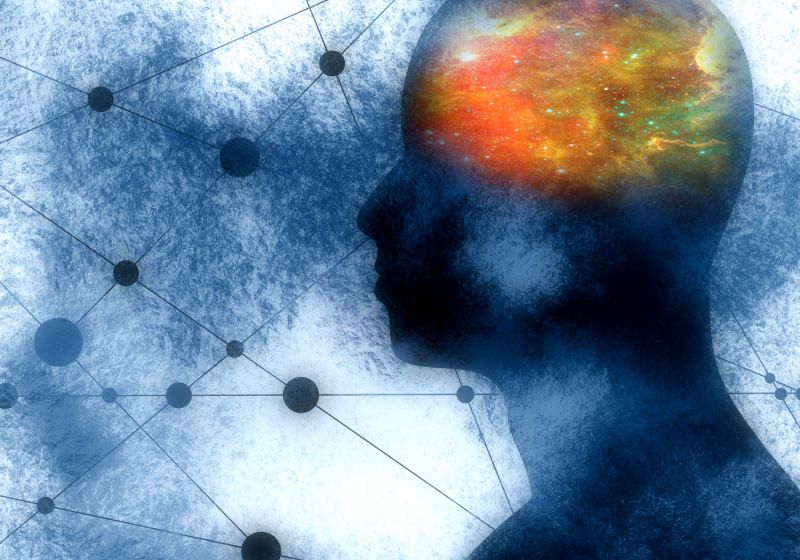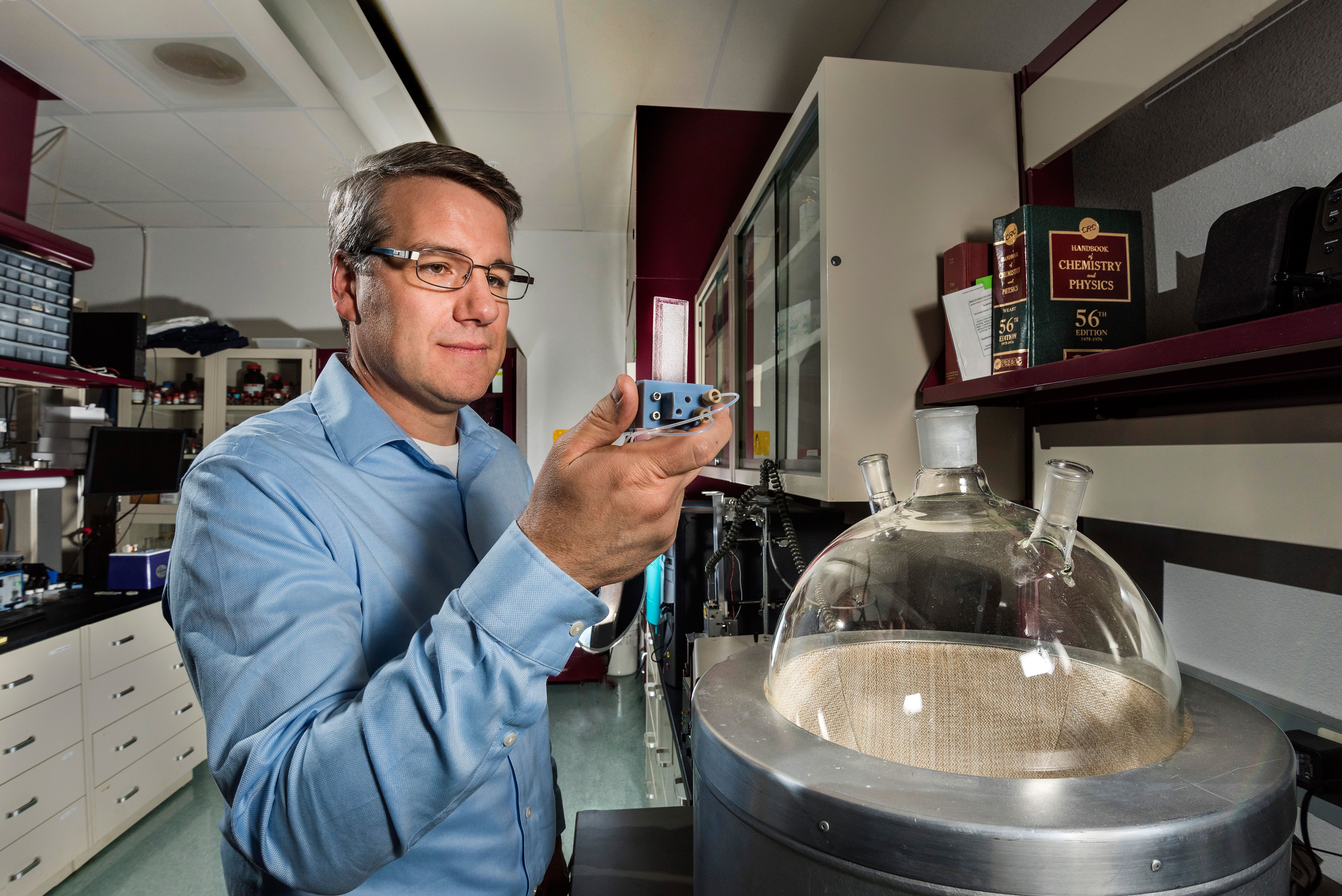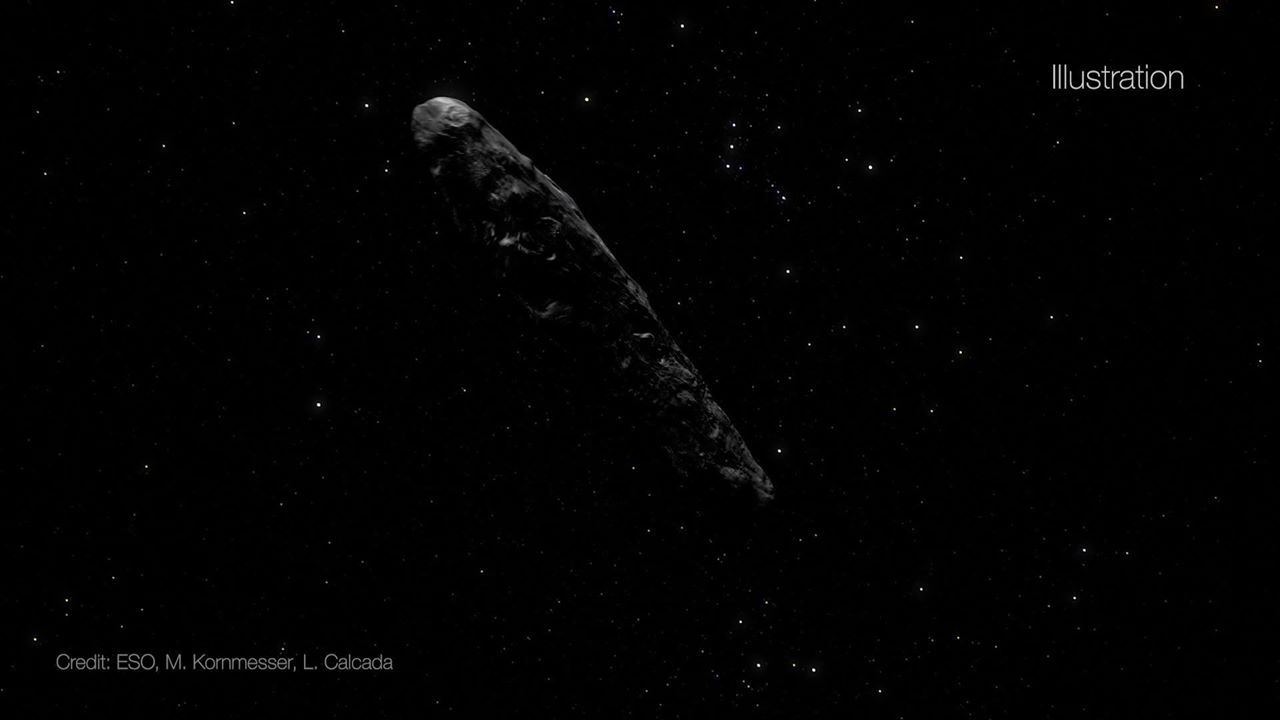Apple’s ARKit and Google’s ARCore may have multi-million-user installed bases, but so does Niantic’s Pokémon Go, the first hit augmented reality game. Now Niantic plans to offer its custom AR software to other developers as the Real World Platform, and is teasing advanced features that go beyond the capabilities of Apple’s and Google’s development kits.
Already used in Pokémon GO, Ingress, and Harry Potter: Wizards Unite, the Real World Platform is an evolving software engine that adds digital characters and shared social experiences to real-world map data. Niantic has recently bolstered the AR platform’s development team by acquiring computer vision specialist companies Escher Reality and Matrix Mill, the latter with machine learning expertise.
Matrix Mill’s machine learning will power one of the Real World Platform’s upcoming tricks — a realtime AR occlusion engine. As demonstrated, the feature enables 3D versions of Pikachu and Eevee to disappear behind real world objects and people, even as both the camera and people move. Niantic is using a machine-trained neural network to determine which objects should be considered “foreground” or “background” versus the AR characters.
